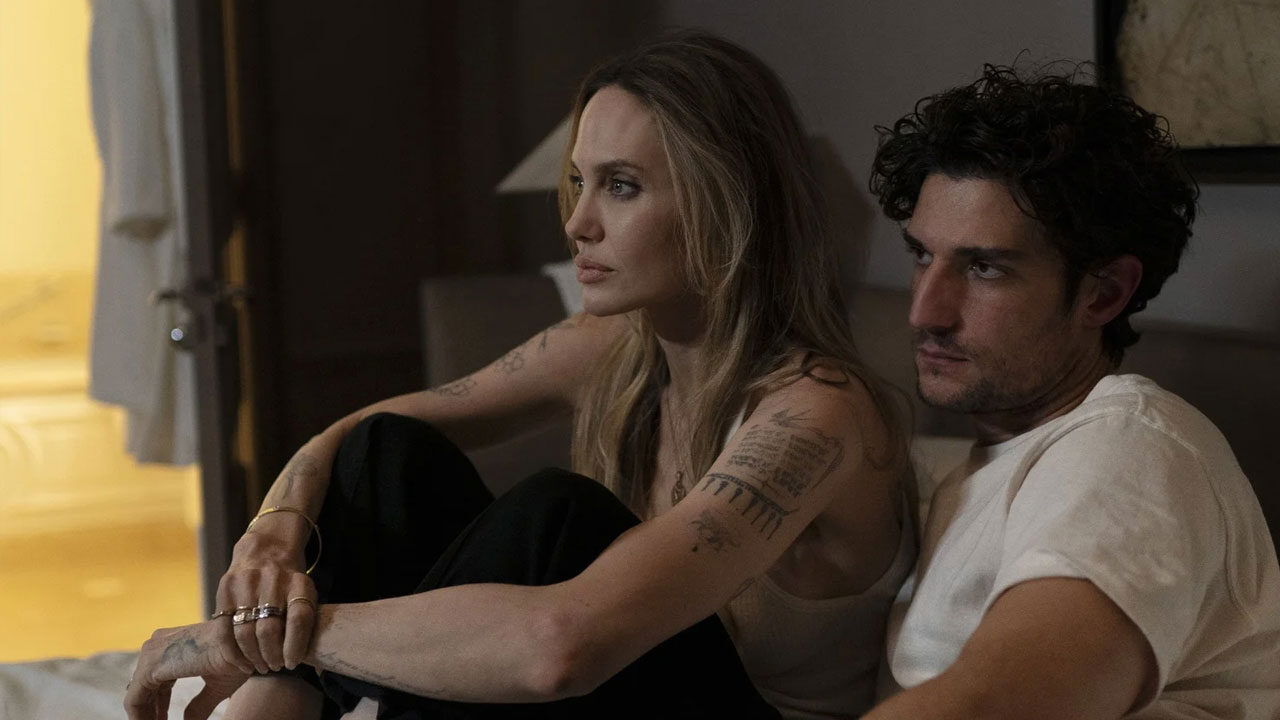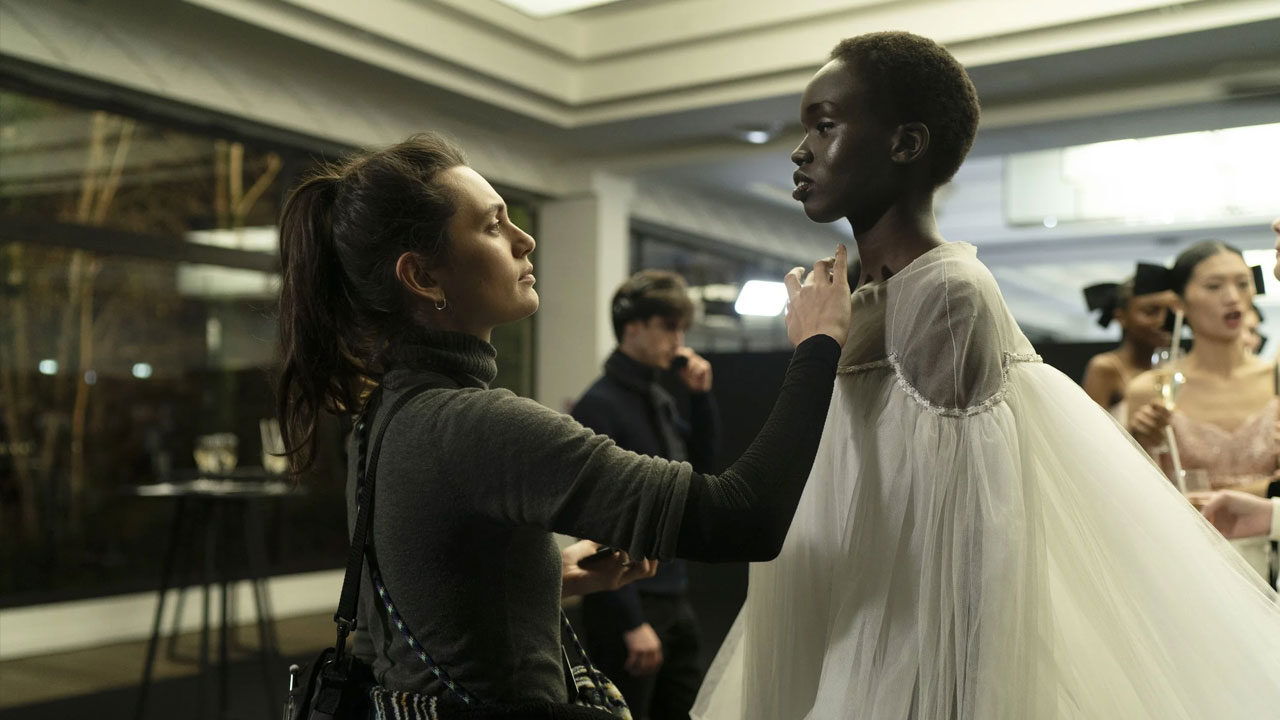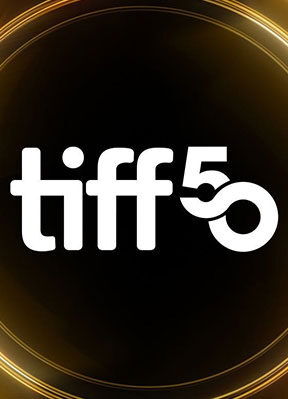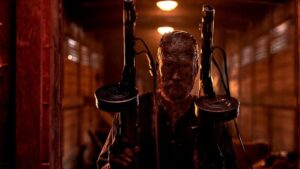TIFF 2025 had many sublime dramatic films, and Couture was one of them. Angelina Jolie provided another memorable performance in French writer-director Alice Winocour’s Couture, reminiscent of her role last year in Maria. The story weaves multiple threads among women from Ukraine, France, and Sudan—showcasing the significant impact fashion can have on people’s lives. More importantly, Winocour examined how women’s bodies are measured, monetized, and represented. Beneath their resilient exteriors, each has a burning passion within.
Maxine (Jolie), an American film director, arrives in Paris to helm a video for a fashion event. Maxine thinks fashion is “useless and unnecessary,” but the opportunity is lucrative, and she has financial burdens. She is in the midst of a divorce, has a teenage daughter, and is preparing her next feature film. But her tightly ordered life is about to unravel as Maxine is given a serious medical diagnosis.
Maxine’s personal crisis intersects with three other women she encounters at her job: Angèle (Ella Rumpf), a veteran makeup artist writing a work of fiction based on her own experiences in the industry, Ada (Anyier Anei), an 18-year-old pharmacy student from Nairobi who has just been “discovered” as a model and is navigating a brand-new world, and Christine (Garance Marillier), a seamstress in charge of designing and creating Ada’s dress. Each is confronted with choices small and significant, and must make life-changing career decisions.
“Angelina Jolie provided another memorable performance in French writer-director Alice Winocour’s Couture, reminiscent of her role last year in Maria.”
Winocour managed to capture various stories of womanhood across the fashion industry in an interlocking narrative. The transitions between each story were perfectly seamless, leading into the next, and the effective blocking added to the smooth transition from one story to another. Cinematographer André Chemetoff made Couture feel like a documentary with the way certain shots were presented—not in a shaky cam style.
The camera captured intimate moments as if a camera crew was capturing real stories, especially in Jolie’s most heartbreaking scene in this film. Even when it showed Ada travelling to Paris and meeting her hostel roommates for the first time, I could feel the awkwardness of meeting new people in a new country through the screen.
The primary issue with Couture was its storytelling methods of having to follow multiple storylines, which meant it could not emotionally invest enough in each character. Ada was the heart of the film, displaying how much she was committed to modelling; Anei’s Ada proved to be the strongest performance of this film, next to Jolie. Arguably, Ada and Angèle’s characters were more intriguing than Maxine’s, which was more static.

Jolie’s strength in this role was coming out of a personal, raw space, having done a double mastectomy in real life. Her chemistry with the only leading male character, played by Louis Garrel, was perfectly complicated. With Maxine’s turbulent life, she was able to find some intimacy and warmth with Garrel’s character. Although lacking further emotional depth throughout the film, their relationship demonstrated that humans require connection.
Rumpf’s Angèle carried a strong voice in Couture’s narrator-like role, speaking as if she were writing her fictional novel and drawing on the perspectives of other women as her source material. While Angèle’s storyline received less focus than those of Maxine and Ada, it is arguably the most compelling to follow. Rarely do we see the fashion industry through the eyes of a makeup artist. Her life revealed how male authority figures often undermined her work, while the female models recognized the effort she put into making each of them feel comfortable.
“The primary issue with Couture was its storytelling methods of having to follow multiple storylines, which meant it could not emotionally invest enough in each character.”
Marillier’s Christine was one of the most relatable characters because she represented how many creatives become emboldened in their work, to the point where they need to finish a project, no matter what. The next step for Marillier’s character would be to learn what motivated her to become a seamstress and what drove her to pull all-nighters to complete the dress. The movie ended on a visually striking set where the big show kicked off.
Couture was one of the films where I would not have minded a longer runtime to learn more about each character. Winocour had a lot to say on the modern fashion world, with her various characters and shifting perspectives, not as rom-com vibes as The Devil Wears Prada. Sadly, the main characters were not baked enough to fully understand and connect with them. This could have been a more memorable watch if there had been a tighter throughline weaving each woman’s storyline a bit more equally and deeply.





